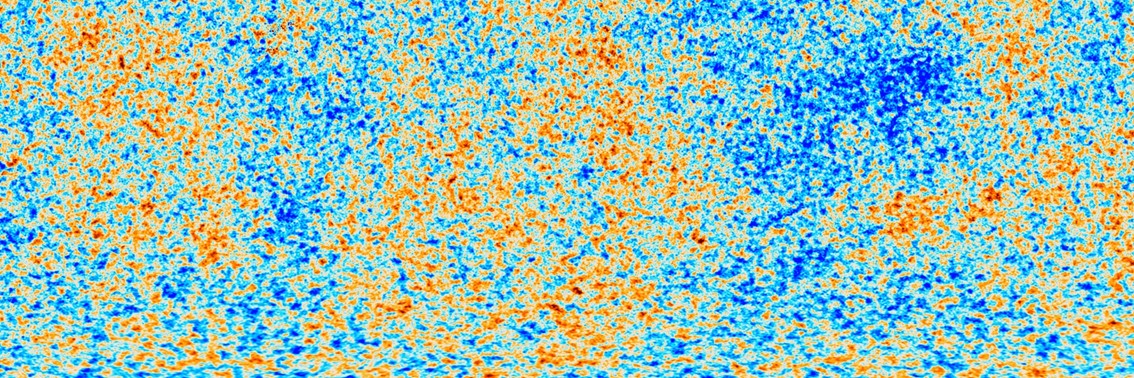The Standard Model of particle physics has had resounding success in explaining the nature of fundamental particles. However, a host of observational data from galactic rotation curves to the cosmic microwave background (CMB) signals the existence of an unknown form of matter comprising more than 85% of the matter in our Universe. While this dark matter could be a single particle or a family of particles missing from the Standard Model of particle physics, to date no signs of non-gravitational interaction of dark matter with the Standard Model have been detected.
An alternative — and arguably more generic — scenario is that there exists a whole sector of particles, one of them comprising the DM today, that do not interact with Standard Model gauge forces: the strong and the electroweak force. Such hidden sectors are also predicted in several classes of string compactification theories that attempt to unify the Standard Model of physics with gravity.
Similar to how photons mediate the electromagnetic force in the Standard Model sector, theere could be massless particles mediating a dark force in the hidden sector. Consequently, many hidden sector theories naturally also predict a presence of dark radiation in the universe today. The fluctuations in the CMB spectrum are sensitive to the energy density in dark radiation, and as no dark radiation has been observed, the energy density in dark radiation is severely constrained. In this project, we show how one can convert the constraint on dark radiation density to a constraint on interactions between the Standard Model sector and the hidden sector.
